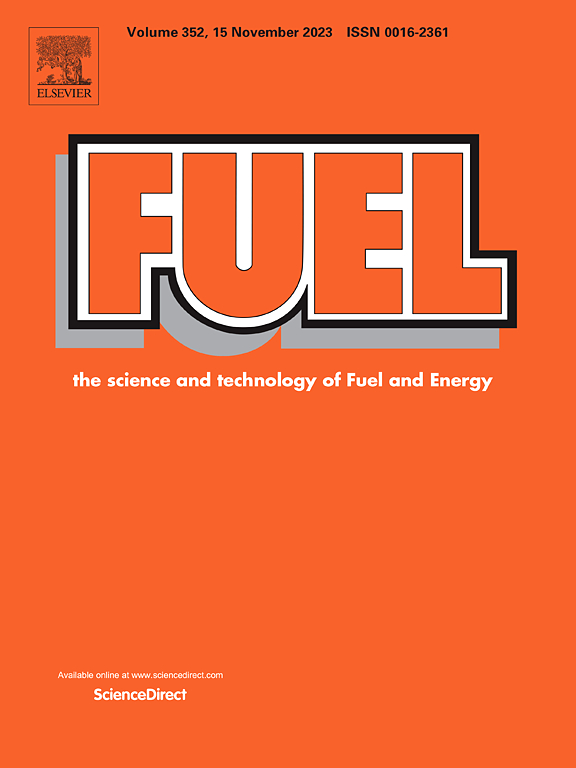Structure-performance relationship between zeolites properties and hydrocracking performance of tetralin over NiMo/Al2O3-Y catalysts: A machine-learning-assisted study
IF 6.7
1区 工程技术
Q2 ENERGY & FUELS
引用次数: 0
Abstract
Oriented conversion of poly-aromatic hydrocarbons into benzene, toluene, and xylene (BTX) via selective hydrocracking is an effective way to upgrade low-quality fossil oils into high-valued products. An in-depth understanding of the structure-performance relationship is crucial to the further improvement of catalytic activity and selectivity. Zeolites are essential components of hydrocracking catalysts, of which pore structure and acid properties significantly influence the catalytic performance. However, the structure-performance relationship between them is multifactorial, and it’s quite difficult to be investigated using traditional experimental method which needs a large series of univariate samples. In this study, the multifactorial relationship was built with the help of machine learning modeling based on the dataset derived from the characterization of fifteen zeolite samples and the catalytic performance of the corresponding catalysts. Based on the model’s prediction, the effect of pore and acidity properties was quantitatively described. Mesopores were observed to have a great influence on conversion, while micropores have a great improvement in BTX selectivity. The amount of total acid was observed to have a significant effect on both conversion and selectivity. To get more insight into the intrinsic mechanism of the structure-performance relationship, more characterization of the spent catalysts was carried on. It was demonstrated that the properties of zeolite can not only affect the hydrocracking performance of catalyst through acid-catalyzed reaction directly, but also through modulating the hydrogenation activity associated with the dispersion of metal components.

求助全文
约1分钟内获得全文
求助全文
来源期刊

Fuel
工程技术-工程:化工
CiteScore
12.80
自引率
20.30%
发文量
3506
审稿时长
64 days
期刊介绍:
The exploration of energy sources remains a critical matter of study. For the past nine decades, fuel has consistently held the forefront in primary research efforts within the field of energy science. This area of investigation encompasses a wide range of subjects, with a particular emphasis on emerging concerns like environmental factors and pollution.
 求助内容:
求助内容: 应助结果提醒方式:
应助结果提醒方式:


